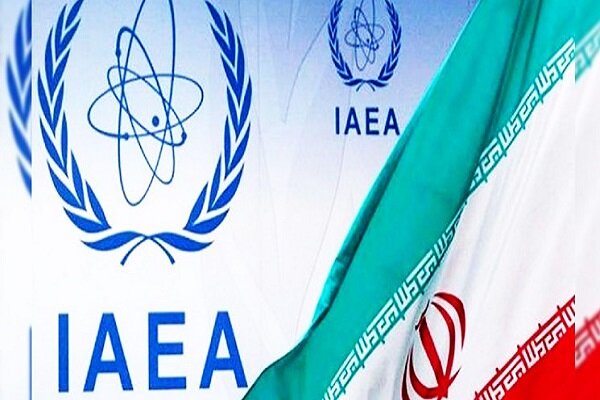
Iran has “increased its production of highly enriched uranium, reversing a previous output reduction from mid-2023”, the IAEA said in a statement summarising a confidential report to member states seen by Reuters that was sent minutes earlier.
Iran is enriching to up to 60%, close to the roughly 90% that is weapons grade, at its Pilot Fuel Enrichment Plant (PFEP) in its sprawling Natanz complex and at its Fordow Fuel Enrichment Plant (FFEP), which is dug into a mountain.
Since the slowdown, those plants had been enriching uranium to up to 60% at a rate of about 3 kg a month, the IAEA said, the Reuters report claimed.
“The Agency confirms that, since the end of November 2023, the rate at which Iran has been producing uranium enriched up to 60% U-235 at these two facilities combined has increased to approximately 9 kg per month,” the report to member states said.
By the IAEA’s theoretical definition, around 42 kg of uranium enriched to 60% is the amount at which making a nuclear bomb with it cannot be excluded.
IAEA inspectors first observed a change in production at Fordow on Nov. 25, after which Iran said the change was made on Nov. 22, and that the rate of production was returning to the pre-slowdown level there, the report said.
Inspectors observed an increase in the production rate at Natanz on Nov. 27, it added. The IAEA then verified the amount being produced at Natanz on Dec. 19 and Fordow on Dec. 24, it said. The IAEA did not formally notify its member states of the reversal of the slowdown until Tuesday’s report.
The Iranian nuclear agency has not commented on the news yet.
MNA




